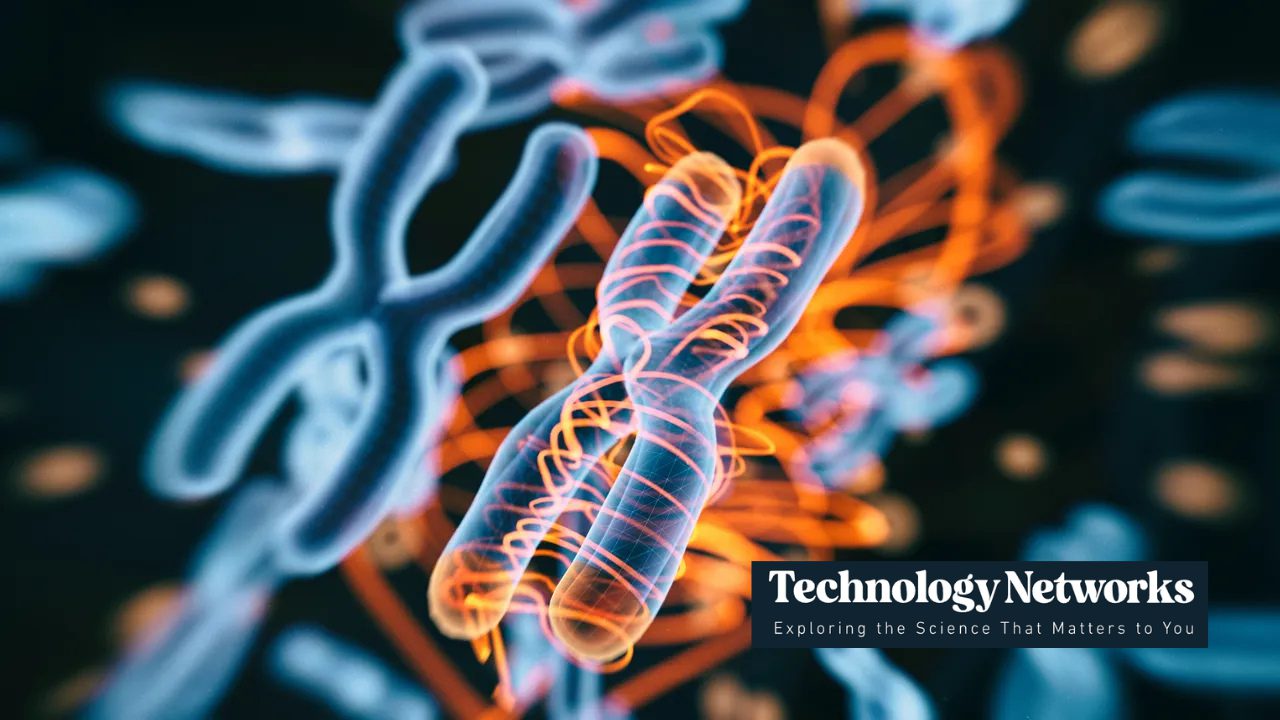#Stowers25: Celebrating 25 Years

07 November 2025
Fourteen key discoveries over 25 years
Highlighting 14 high-impact discoveries from the Stowers Institute's inception
Read Article
News
Stowers scientists are uncovering many mysteries underlying metabolism. Here we ask five questions to unravel metabolism and its complexities.

By Rachel Scanza, Ph.D.
Blue zones. Coined in 2004, this term refers to micro-regions around the world where inhabitants are significantly healthier and frequently live beyond 100 years. The diets within these populations ranging from Okinawa, Japan to several regions in southern Italy and even to Loma Linda, California are primarily plant-based and low in sugar, protein, alcohol, and, most importantly, calories.

Global distribution of various “Blue Zones.”
More frequently, some scientists are investigating the interplay of diets that mimic fasting with lowered risks of diseases linked to metabolism. Currently popular fads include the “Keto Diet” and intermittent fasting.
Although we use the word metabolism ubiquitously in our daily lives, how many of us know what it actually means? The Stowers Institute for Medical Research is at the forefront of uncovering metabolic mysteries.

Illustration of chromosomes—the blueprint for life, and metabolism.
In simple terms, metabolism is the sum of the chemical reactions that occur within and between every single cell in our body, governing how energy and cell products are created and consumed to perform necessary tasks. In fact, metabolism is at play in the very act of reading this sentence.
Each project performed, from the assembly of a protein to the flex of a muscle, requires an exchange of energy. The set of reactions that generate or utilize energy are referred to as metabolic reactions. And, for every task, many elements are involved, at different points in time and space, rendering an intuitively simple process much more complex than we realize.
Several Stowers scientists are actively investigating metabolism at the molecular level with the concession that we still have a lot to learn.

Mexican tetra fish, Astyanax mexicanus: morphological differences between surface-dwelling river fish (left) compared with cavefish (right).
Evolutionary biologist Andreas Wagner, Ph.D., stated that “Life is the combination of metabolism and replication.” The myriad diversity of organisms found today arose from those very first forms of life.
From the primordial soup that characterized elementary life on our planet, these ancient “organisms” manufactured carbohydrates from UV radiation and other external energy sources like lightning.
Today, plants harness energy from the sun to produce sugar during photosynthesis. People, on the other hand—even plant-eating people or carnivorous cattle consumers—must intake energy in the form of food, be it legumes or beef, to power the countless cellular functions that keep us alive.
One example of the interplay between metabolism and evolution involves river-dwelling surface fish in locations all around the globe that have flooded into underground caves on timespans ranging from 100,000 to one million years ago. The Stowers Institute is home to the largest cavefish facility in the world, housing fish from the Molino, Pachón, and Tinaja caves in central Mexico.
The lab of Associate Investigator Nicolas Rohner, Ph.D., at the Stowers Institute studies many different aspects of metabolism in cavefish. In the absence of light, predators, a reliable nutrient supply, and water currents, these fish have evolved remarkably similar genetic adaptations, completely independently from one another, to persist.
A study published last year examined cavefish liver tissue for clues to how these fish display extreme characteristics resembling diabetes and high body fat. The researchers found that non-coding regions of DNA were mutated, likely circumventing melanin production for increased energy storage.
New research from Stowers revealed that skeletal muscle in cavefish has undergone genetic reprogramming to enable swift swimming speeds and muscular endurance despite significant decreases in muscle mass and increases in body fat.

Energy derived from food.
Most of us are familiar with “calories in” vs. “calories out” as a convenient metric for metabolism and weight control. When the two are equal, weight should remain constant, while an inequality in the former or the latter should result in a net weight gain or loss, respectively.
In reality, metabolism in humans and in nearly all organisms is a great deal more complex.
Metabolism at the cellular level is integral for gene expression and subsequent synthesis of proteins required for cellular function. DNA is not the familiar freely floating double helix many envision from high school biology or Jurassic Park; it is neatly and compactly packaged into chromatin—the protein-DNA complex that makes up chromosomes.
A primary focus in the lab of Investigator Jerry Workman, Ph.D., is the study of chromatin remodeling—gaining accessibility to the DNA—by a variety of molecules including enzymes and metabolites. Metabolites are the biochemical end-products of metabolizing the food we consume each day. When present at the right time and place, these molecules can modify the structure of chromatin, allowing access to DNA transcription enzymes.
Postdoctoral Researcher Michael Church, Ph.D., from the Workman Lab investigates the role of chromatin modifying molecules. Depending on nutritional intake of, for example, carbohydrates vs. proteins, different metabolic pathways are activated that produce different metabolites, all designed to increase the access of DNA to initiate transcription, and consequently protein synthesis.
It is not as simple as food in vs. food out. “Food is anything but simple!” said Church. “For example, just changing the composition of gut microbes can alter the cocktail of nutrients that enter your intestines, even without changing your diet.” However, the food we choose to consume can and does impact metabolism.

Morphological differences between surface fish (top left) with cavefish from the Tinaja and Pachón caves in central Mexico (middle, bottom right)—the result of 160,000 years of evolution.
Genetic adaptations take time. A lot of time. And humans are, from an evolutionary standpoint, in their infancy.
While species like cavefish and nectar bats can consume and store large amounts of sugar-rich nutrients—and remain healthy while displaying traits like high blood glucose, insulin resistance, and increased fat storage—these same traits in humans can result in disease.
Historically, humans have been able to adapt, albeit not genetically, to “feast or famine” periods. Today, however, feast has replaced famine in many regions around the globe.
“Humans are not adapted to an environment where high-calorie food is abundant. As a consequence, we develop diseases such as diabetes and metabolic syndrome,” said Rohner.
Quite simply, we haven’t had enough time.

Yes. And no.
Small genetic differences contribute to the natural variation from person to person, including metabolism. These tiny changes in gene expression and thus enzyme availability cause clear and easily observable “metabotypes”: slim, heavy, muscular, etc.
We can’t actually change our metabolism—the underlying genetics governing metabolism—at least not yet. However, we can observe certain practices that can alter metabolism in the short term.
Popular dietary practices in current circulation are intermittent fasting (IF) and the keto diet. The former limits food consumption to strict time intervals and the latter requires consuming protein and fat—goodbye fruits, legumes, pasta, bread, and sugar. Both diets induce a metabolic pathway called ketosis. Metabolism is primarily limited to generating ketones from fat that serve as alternative metabolites. Essentially, these diets trick your body into starvation-mode where you metabolize fat stores.
“It’s very hard to alter one’s metabolism, which is why most diets, if not consistently maintained, are bound to fail,” said Rohner. “My research on cavefish inspired me to adopt IF. While this isn’t for everyone, it works for me.”
Additional factors like sleep and stress generate hormones impacting metabolism. Calorie restriction not only can alter metabolism but is linked to longer life.
No, we can’t change our metabolism today, but we can augment it for the duration of practicing measures of austerity. At some point down the line, however, humans may evolve metabolic adaptations that bypass disease
#Stowers25: Celebrating 25 Years

07 November 2025
Highlighting 14 high-impact discoveries from the Stowers Institute's inception
Read Article
#Stowers25: Celebrating 25 Years

28 October 2025
Jim and Virginia Stowers envisioned a world-class research institute in Kansas City with a mission to unravel the secrets of life. Making their mission a reality required a deliberate commitment to hire the brightest scientists and invest heavily in technology to support innovation.
Read Article
In The News

28 October 2025
From the Gerton Lab,Scientists pinpointed the DNA sequence where human chromosomes fuse, solving a century-old mystery in genome biology.
Read Article
